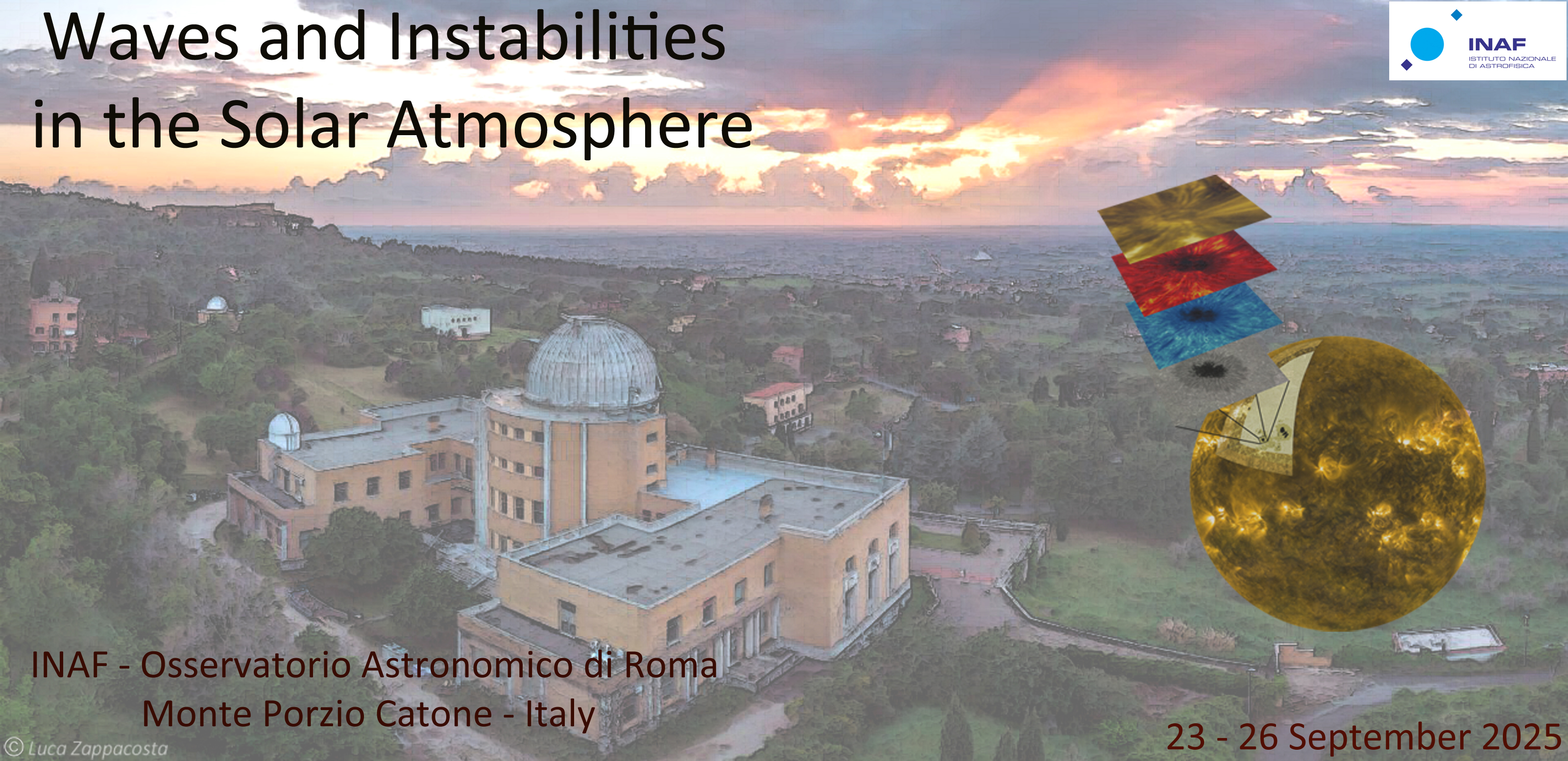Speaker
Description
This work investigates wave activity on the Solar Photosphere in the presence
of active regions, aiming to explore a possible connection with a phenomenon
observed in the Solar Corona: the First Ionization Potential (FIP) effect. This
effect refers to a chemical inhomogeneity in the solar atmosphere, where ele-
ments with low first ionization potential are preferentially transported to higher
atmospheric layers. It is often associated with the reflection of magnetohydro-
dynamic waves (Laming [2017]). Building on previous studies by Murabito, M.
et al. [2021] and Baker et al. [2021], which focused on a single active region
over a short period, this study extends the analysis by following the evolution
of active regions during their entire transit across the solar disk. This approach
provides a broader temporal perspective, rarely addressed in this context. We
analyze the propagation of high-frequency waves in the photospheric velocity
field, with particular attention to active region 12665, observed for six consec-
utive days in July 2017. During the same period, sixteen FIP bias maps are
available from the EIS instrument aboard the Hinode satellite. By monitoring
active regions throughout their disk passage, we aim to better understand the
temporal evolution of their wave dynamics and how these may contribute to el-
emental fractionation in the upper solar atmosphere. The results may offer new
insights into the mechanisms behind the FIP effect and the role of photospheric
activity in shaping coronal properties.
| Sessions | Wave generation, energy transport, dissipation and heating |
|---|

